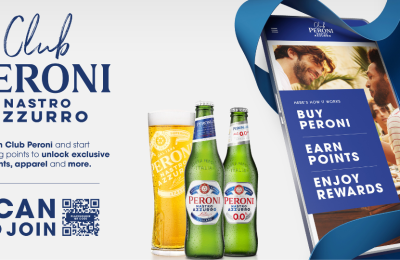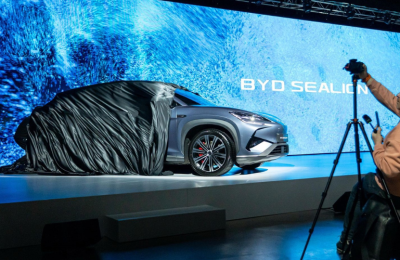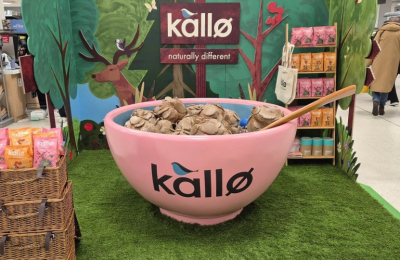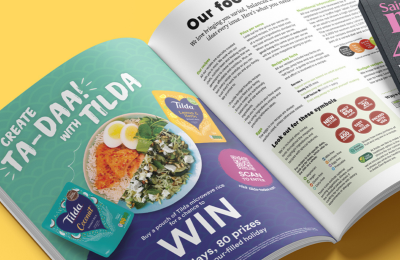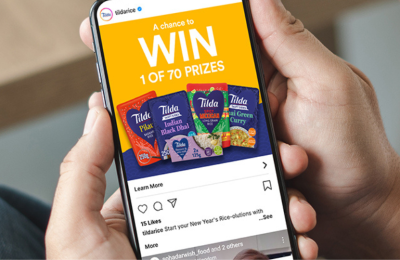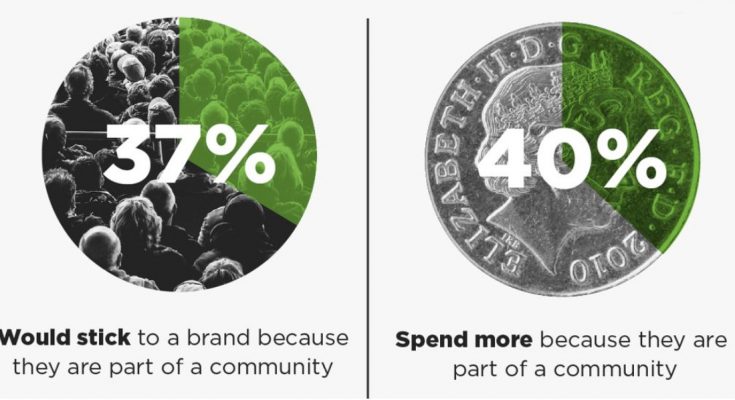More than half (58%) of consumers aged 25 to 34 say they’d be likely to spend more money on a brand’s products and services if they were part of its community, according to research from content agency Dialogue.
Millennials are far more committed to brand communities than the average across all age groups, which was still a creditable 40%, suggesting a tangible return on investment through fostering brand communities across the board. However, millennials consistently come out as the age group that is most committed. Some 50% also agree that they are more likely to stick with a brand than switch to competitors if they are part of a brand’s community.
Overall, brands that engage their consumers by inviting them to join a community, where they can access exclusive content and interact with other people who buy the brand, are likelier to create long-lasting relationships, according to the survey. Furthermore, developing a strong brand community can create a viable, long-term support mechanism, increasing the value of existing customers by turning them into advocates, suggesting products or services they like to other people.
Other key results include:
- 37% of all respondents are more likely to stick with a brand than switch to competitors if they are part of a community.
- Quality of service turns consumers into brand advocates in the travel sector, according to 41% of all respondents.
- Quality of products makes consumers brand advocates in the luxury (44%) and automotive sectors (37%).
- In luxury, respondents across all age groups most value discounts and offers from brand communities (47%), followed by invites to exclusive events (25%), receiving exclusive products (22%) and access to exclusive online content (19%).
- Email is the consumer’s preferred channel for communication with brands, with social media and magazines the next most popular channels.
In total, 1,200 UK consumers were surveyed by Censuswide on Dialogue’s behalf, exploring attitudes towards brand community, loyalty and communications, with a focus on the luxury, automotive and travel sectors. The research was commissioned to help brands understand why building effective communities is a valuable tactic in an era when marketers’ efforts are polarised between hyper-personalisation and mass media broadcast.
Commenting on the report, Dr Charles Seger, School of Psychology, University of East Anglia, says: “Belongingness is one of our basic human needs. We are motivated to both assert our group identification and our individuality. Brand communities can allow us to fulfil these motives. People will stay loyal to brand communities that provide a unique experience, allow us to express our self-concept, and engage us with a meaningful community.”
Chris Seaward, General Manager of the Dialogue client Porsche Club GB, adds: “Reaching a new lead is an expensive thing for a brand to do. Through a community like the Club, the Porsche brand can connect with people already engaged with the brand, and tapping into this existing community becomes cost effective. There is additional value for members and the brand as enthusiasts are regularly invited to visit the Factory in Stuttgart to see latest designs and development.”
Zoe Francis-Cox, Agency Director at Dialogue, observes: “Big data has transformed the marketing landscape. However, as the opportunities for starting a dialogue continue to multiply thanks to an increasing variety of platforms, the quality of conversations is suffering. This is most noticeable when trying to engage millennials.”
She adds: “Consumers are constantly seeking inspiration and information but over-reliance on tech-focused tools can mean that brands are communicating in a way that is intrusive, blunt and ultimately ineffective. Our research shifts the emphasis from a data-or-nothing approach. Respondents believe, as we do, that the buzz of brand communities cultivates long-term relationships, brand advocacy and boosts sales.”
The full findings from this research are available in Dialogue’s research report, The Benefits of Brand Communities, which can be downloaded here. An infographic is available here.



